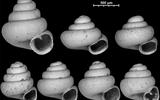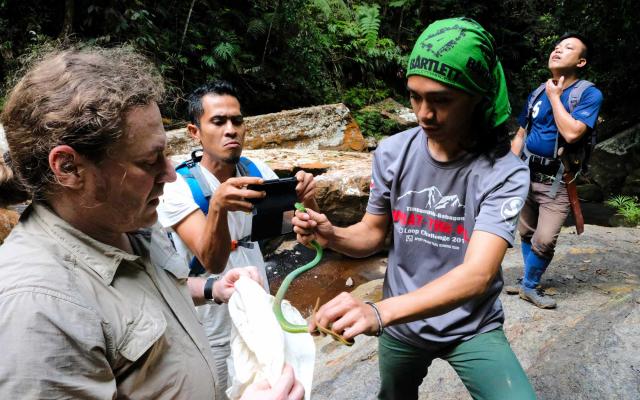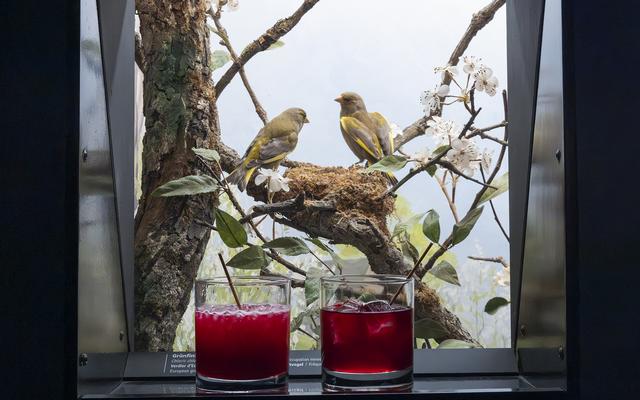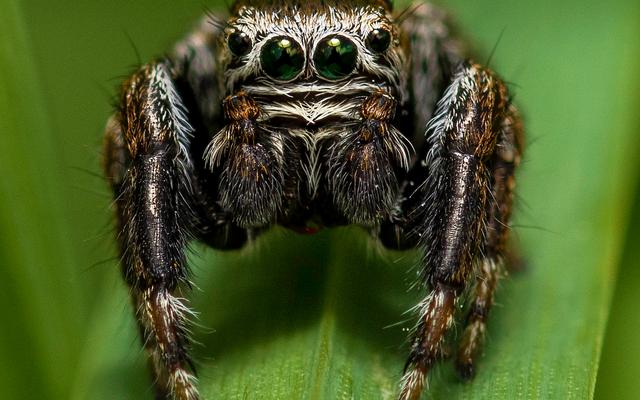In the late 19th century, adventurous travelers, missionaries, and soldiers collected most of the snail species known and described today from Southeast Asia. “They concentrated their efforts on large, conspicuous snail shells. Even today, both scientific and private collections predominantly contain these types of shells. However, the numerous small animals that also lived in the areas were widely overlooked,” explains Dr. Adrienne Jochum of the Senckenberg Research Institute and Natural History Museum in Frankfurt and the Natural History Museum in Bern.
Together with an international team from Hungary, the Netherlands, Slovakia, Thailand, Austria, and the USA, Jochum has described a total of 42 new species from the snail genus Angustopila – bringing the total number of species in the genus to 53. The snails in this genus are considered the world’s smallest terrestrial snails. The new species come from 112 samples taken from 223 caves in China, Laos, Myanmar, Thailand, and Vietnam. “The smallest of the 42 species we newly described are Angustopila maasseni and Angustopila somasaki, measuring only 0.62 to 0.67 millimeters, while the ‘largest’ species, Angustopila majuscula sp. nov., has a shell height of 1.31 millimeters. On average, the 53 species reach 0.89 millimeters in size,” says Jochum. The shell apertures come in a total of eight different shapes, ranging from pear-shaped to kidney-shaped to ovoid.
The sites where multiple Angustopila species were found, and which thus showed the greatest diversity, were located in northern Vietnam, northern Laos, China’s Guangxi Province, and Myanmar. The highest number of species per site was encountered in northern Vietnam. According to the study, this indicates that the center of microsnail diversity lies in northern Vietnam. Three species, Angustopila elevata, Angustopila fabella, and Angustopila szekeresi, are distributed across several hundred kilometers, while another three of the newly discovered species are known from two sites several hundred kilometers apart. All other snail species have a small distribution range or are endemic to a single locality.
“Our extensive work discovered five times as many species as we would have expected. It turns out that these tiny terrestrial snails live in several caves in Southeast Asia. With modern research methods and today’s microscope technology, we are able to discover a whole new world with an amazing diversity of terrestrial snails!” adds Jochum in conclusion.
The research was supported by the Natural History Museum Bern (NMBE), the Hungarian Academy of Sciences (MTA), the Hungarian Research Fund, and the National Research Council of Thailand.






